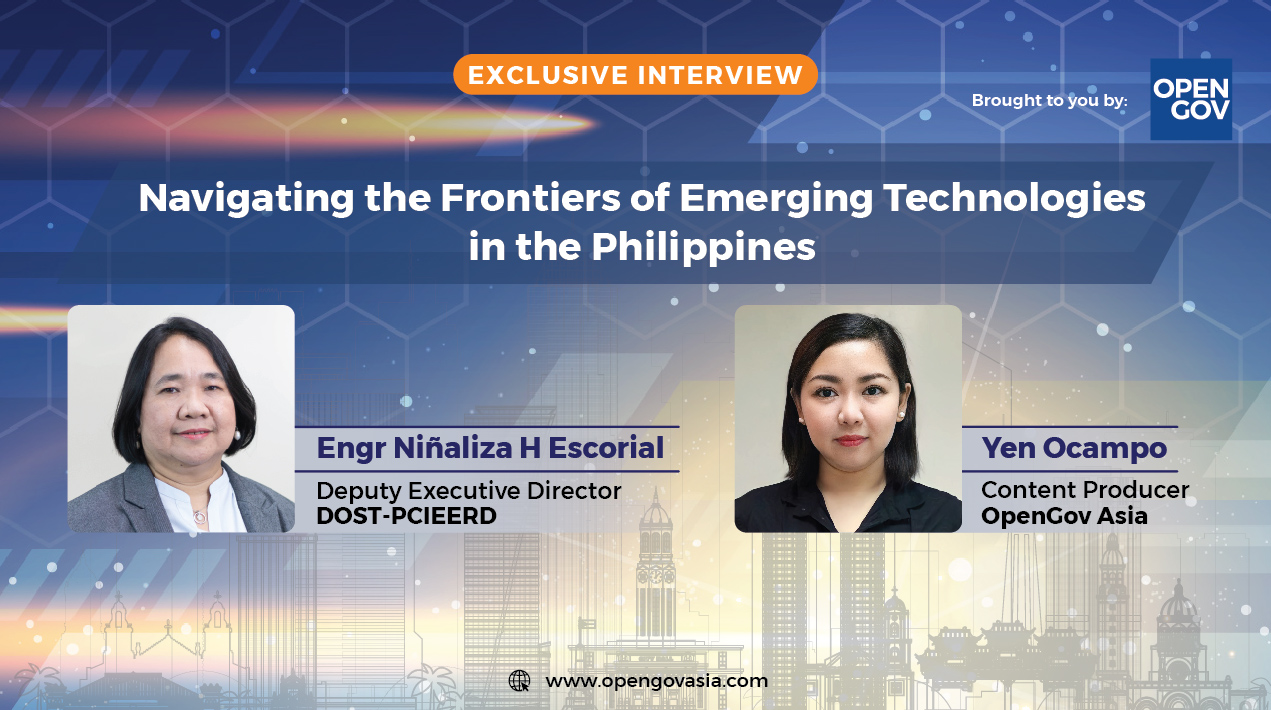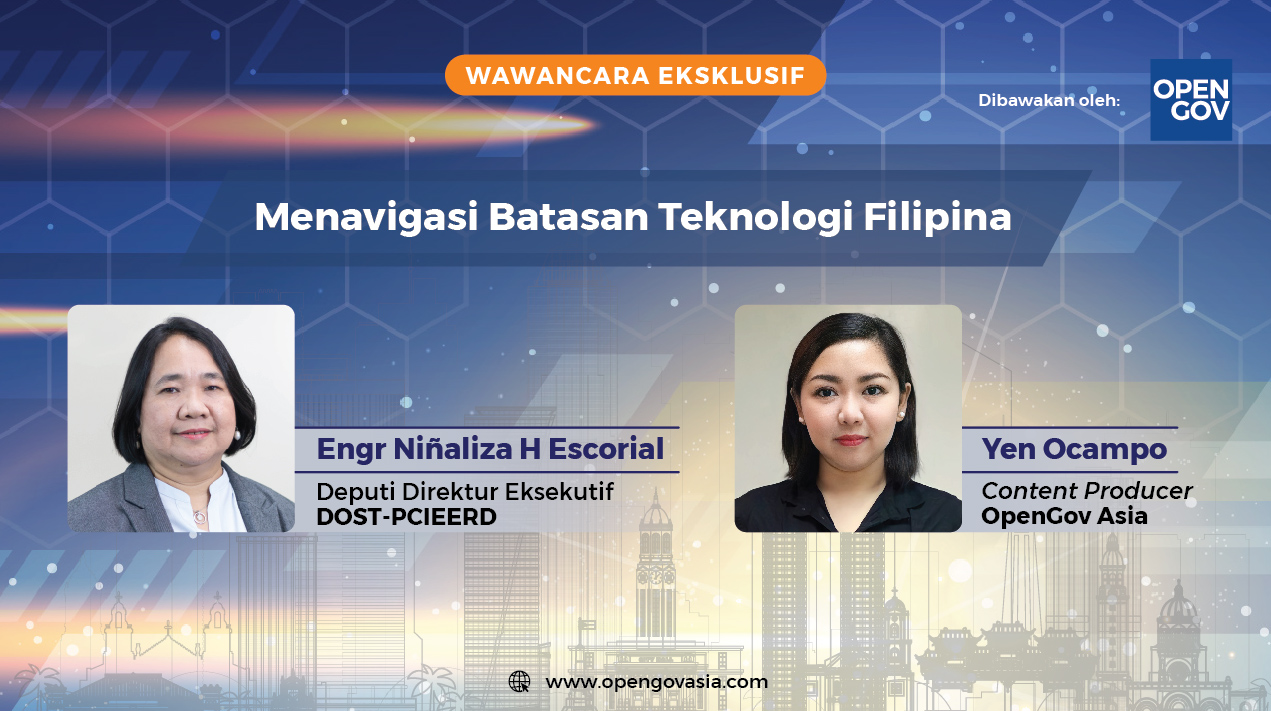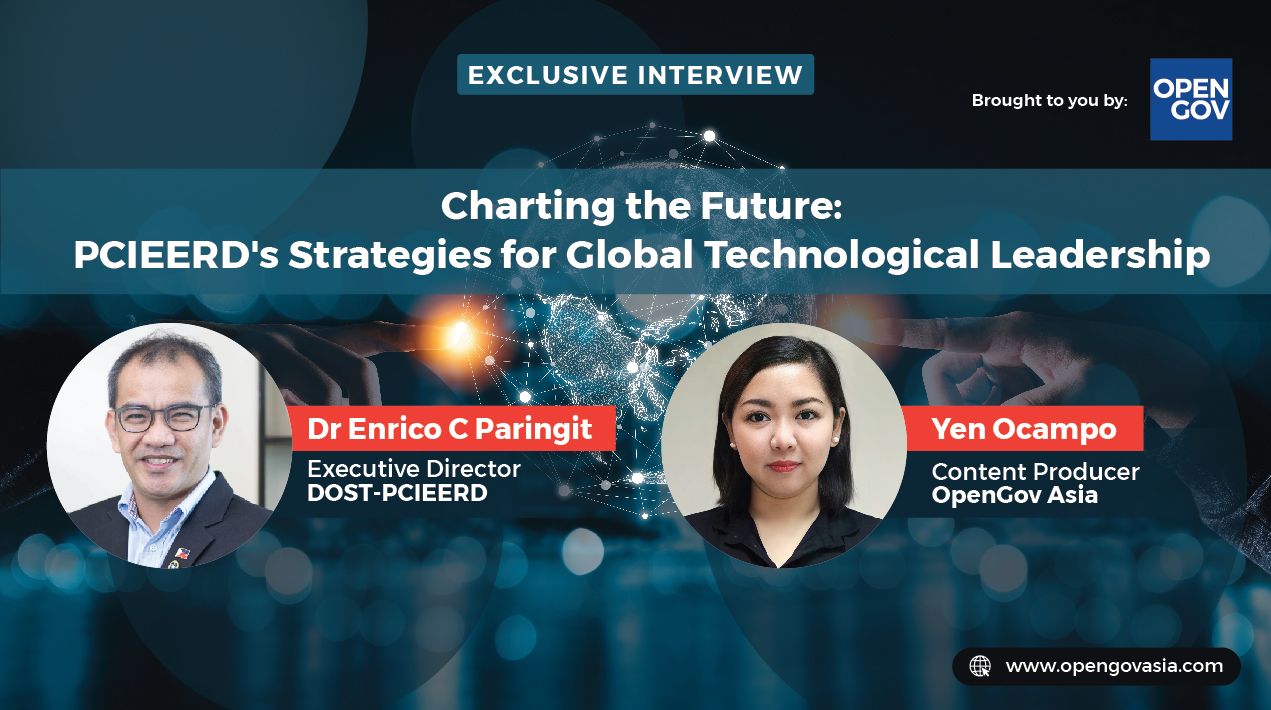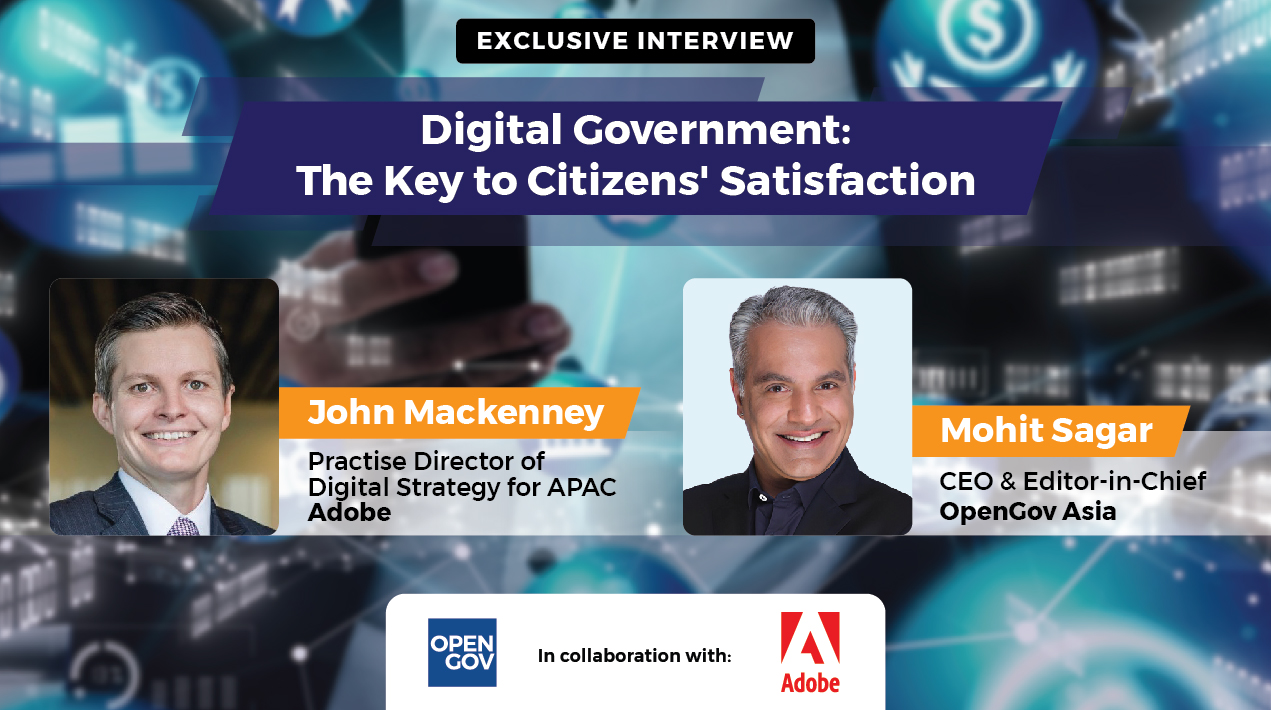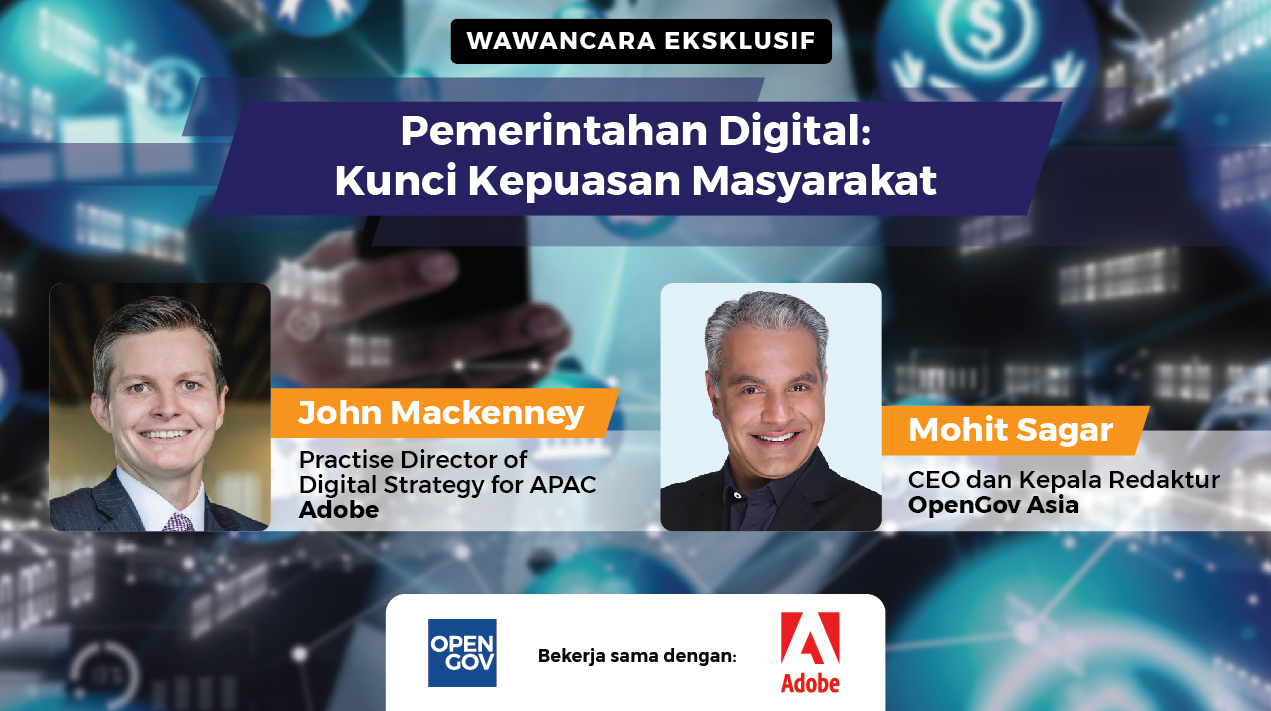
Innovation is: executing new ideas to create value. All three parts are important – to innovate you have to do something new, you have to actually execute the idea, and doing so must create value.
– Tim Kastelle, University of Queensland
We have to work more agilely, more innovatively, we have to be more nimble in the way we seize the enormous opportunities that are presented to us. We’re not seeking to proof ourselves against the future. We are seeking to embrace it …
– Malcolm Turnbull, Prime Minister of Australia – 23 Sep 15
So what are some things that stop governments from innovating?
Assumption: Government agencies generally believe that they have no competitive drivers to the delivery of their products and services. Collecting tax, issuing passports and visas, enforcing the laws of the country are all monopoly activities run by governments.
Testing the Assumption:The assumption is partially correct – attempts by private individuals or organisations to issue national passports and conduct similar activities is clearly unlawful. The edges are, however, fraying somewhat.
Not too long ago, providing telephone services, mail and parcel delivery, running public transport, providing core utilities like water and electricity were, in many countries, government run monopolies. Clearly this is no longer the case as many governments have changed the ground rules by selling off some of these, allowing competitors into the market or by taking organisations and forcing them to be self-sustaining business units (that will, if profitable, pay a dividend back to government).
More challenging, however, is that government agencies contribute to the cost of doing business with and in Australia and, while there is no legal domestic competition, international competition is alive and cut-throat. One good example is the Australian Education sector. While much of the post-secondary sector is essentially ‘private’ (but heavily subsidised by Federal funding), its competitors are global. On-line education crosses boundaries with ease, visiting students and income generated by Australian education providers overseas represents Australia’s 4th biggest ‘industry’ with an estimated annual income of $18 billion[1]. Competition is global as highlighted by the various university ‘league tables’ where Australia is not generally placed in the ‘gold, silver or bronze’ medal rankings.[2]
So what has this to do with government and innovation?
For Australia’s education ‘products’ to sell on the global market, they must prove to be best value to those paying. The providers clearly develop and offer their products at a price point. Accommodating students in Australia (rent, food, spending money) plays an important part. The Australian currency exchange rate impacts on the street value of the ‘package’. The cost of travel to/from Australia represents another cost component. For parents sending their children to study in Australia, security and related environmental factors are important and the quality of the educational product (measured by international reputation and employability of the graduands) is important to all.
Government services, their cost and efficiency are direct cost inputs. The cost of applying for an Australian student visa is $550[3]. Having to employ a local agent or having to lodge through designated, commercial lodgement agents adds further costs. Processes that are badly in need of streamlining act as a barrier and make those of competitors look attractive.
For Australians looking to study, overseas options are real and potentially rewarding. Local providers face competition even in the domestic market and, if the overseas offerings are affordable, rewarding, accessible and safe then it should not be surprising that 29,487Australians choose to study overseas every year[4]. Indeed, the Australian Government is promoting some overseas study by Australians under the New Colombo Plan[5].
Clearly the above is not just limited to the education sector. Even in ‘core’ government business like law enforcement and defence, there are powerful drivers demanding innovative, leading-edge solutions. Here there is competition from criminals, terrorists and others who tend to be agile and not bound by regulatory environments. In fact, some of the most successful criminals use traditional barriers (national boundaries, different legal systems and government lethargy) to their advantage. International law-enforcement cooperation, the sharing of intelligence and the operation of allied military forces in joint and combined operations all demand that Australia is capable of contributing and, in some cases, leading.
Assumption: Government is responsible to its people to provide safe, robust and durable business solutions. The protection of critical information and the privacy of citizens is paramount. As a result, only proven systems and processes can be used.
Testing the Assumption:The assumption is again fundamentally correct. What is not correct is that these requirements prevent trying new approaches and tools. It is important that such tools and approaches are tested before they are put to work but that is part of fast and agile processes that can provide the necessary assurance.
Increasingly companies and government agencies are finding that traditional ‘waterfall’ development cycles lack the capacity to deliver solutions. Far from being safe, traditional processes have delivered spectacular failures. It has been estimated that around 40% of large IT projects (ie those budgeted at $15 million or more) fail. 17% go so badly as to threaten the company's existence. Government examples include:
• Queensland Department of Health payroll project, which ended in debacle with costs estimated at $1.2 billion
• The US Xpeditionary Combat Support System project was cancelled after the US Air Force spent $1bn on its development.
• The abandoned NHZ record system (UK) has cost £10 billion.
Common factors were:
- Projects were ambitious, very large projects,
- all used traditional development methodologies,
- all ran for several years before delivering little more than permanent budget damage.
Innovation is doing something new and while innovative ideas may frequently be labelled ‘crazy’, they do not fall for the Einsteinian insanity trap!
Government does not need to be crazy
New project approaches like Agile[6] and Lean Startup are examples of processes that are replacing the older ‘waterfall’ methodologies. Australian State Government agencies have started to adopt these methodologies aggressively in some segments and are showing good results[7]:
The next project tackled by TMC involved replacing a critical legacy system, which contained many business processes and different rules and served as a single point of failure for TMC. The project had previously been tackled by corporate IT using a waterfall approach, which had failed twice. After breaking the larger project into two separate projects, the back-end business process management and rules portion was developed using an Agile approach. TMC brought in an experienced Agile team to complete the work and the project was deemed highly successful. The benefits of Agile were solidly proven.
It is worth noting that previous Agile projects had experienced difficulty because of the lack of experienced staff within the NSW government.
Fear of Failure
Assumption: Failure is always bad. Government agencies should not fail.
Testing the Assumption:Officials who live in fear of ‘failure’ may be tempted to avoid doing anything that will not be seen as successful. Many may be tempted to do nothing while others will focus risk-dispersion. Following existing, endorsed processes (even when these have failed to produce required outputs in the past) provides shelter for risk-averse executives as they see comfort in the ‘I was only following orders’ approach. Doing something different is not for the feint-hearted as the person making the decision to do so faces resistance, opposition and suspicion nicely identified by Niccolo Machiavelli:
And let it be noted that there is no more delicate matter to take in hand, nor more dangerous to conduct, nor more doubtful in its success, than to set up as a leader in the introduction of changes. For he who innovates will have for his enemies all those who are well off under the existing order of things, and only the lukewarm supporters in those who might be better off under the new. This lukewarm temper arises partly from the fear of adversaries who have the laws on their side and partly from the incredulity of mankind, who will never admit the merit of anything new, until they have seen it proved by the event. – The Prince
Of course, those who do nothing will fail to innovate, those who do what has always been done will similarly fail.
The executive must take the lead and create a culture that not only allows but encourages innovation. Team members must have permission to fail (for the right reasons, of course) – if this is not provided, thinking will be discouraged in the workplace. Equally importantly is the need to provide the opportunities to innovate – teams that are fully occupied with the routine maintenance and production-line work, will not have the necessary ‘thinking time’.
Here is what Google has identified as its ‘pillars of innovation’:
1. Have a mission that matters
2. Think big but start small
3. Strive for continual innovation, not instant perfection
4. Look for ideas everywhere
5. Share everything
6. Spark with imagination, fuel with data
7. Be a platform
8. Never fail to fail [8]
The catch-cry: ‘fail fast, fail cheaply’ is gaining momentum but is probably best modified somewhat:
‘It is OK to fail. Fail fast, do it cheaply, don’t make failure your objective and make sure you learn the lessons.’
- Founder and executive chairman of the World Economic Forum
It is no longer a question of ‘if’ but ‘how’ governments embrace innovation. New technology, methodologies, tools and supporting structures are a reality in the corporate world and have been adopted by citizens who demand more of the same but more quickly. It is interesting to note, for example, the criticism of Apple Inc for not having had another world changing innovation for some time by those who have become used to a regular stream of world-changing products! Drivers similar to those that have enabled innovation elsewhere are available to government to ensure that it does not become largely irrelevant.
Perhaps more importantly, government is in a position to foster and enable innovation both within government and nationally hence the Prime Minister’s call to action.
[1]ICEF Monitor citing Australian Bureau of Statistics 2014/15 fiscal year data. http://monitor.icef.com/2015/08/australian-education-exports-reach-aus18-billion-in-201415/
[2]For example: Times Higher Education World University Rankings 2015-2016 ranked Melbourne University as Australia’s top placed in 33rd position. The QS Top Universities ranking placed the Australian National University in 19th position ahead of other Australian universities in 2015. While the rankings are generalised and require a deeper look to identify areas where Australia is delivering top performance, the message is clear: competition is global.
http://www.topuniversities.com/university-rankings/world-university-rankings/2015#sorting=rank+region=+country=+faculty=+stars=false+search=
[3]https://www.border.gov.au/Trav/Visa/Fees
[4]2013 data. Source: http://www.iie.org/en/Services/Project-Atlas/Australia/Australias-Students-Overseas
[5]The New Colombo Plan Mobility Program, http://dfat.gov.au/people-to-people/new-colombo-plan/mobility-program/pages/mobility-program.aspx
[6]The Agile Manifesto:
Individuals and interactions over processes and tools
Working software over comprehensive documentation
Customer collaboration over contract negotiation
Responding to change over following a plan
http://www.agilemanifesto.org
[7]See the New South Wales Transport Management Centre case study at http://www.agilegovleaders.org/wp-content/uploads/2015/06/Case-Study-Agile-Government-and-New-South-Wales-–-Transport-Management-Centre.pdf
[8] The Eight Pillars of Innovation, https://www.thinkwithgoogle.com/articles/8-pillars-of-innovation.html Susan Wojcicki, Google's Senior Vice President of Advertising
You may also wish to see a comparison of approaches to innovation (Google, Apple, Samsung): http://www.forbes.com/sites/haydnshaughnessy/2013/03/07/who-has-the-winning-innovation-model-google-apple-or-samsung/#e1f9d5c7efdf



